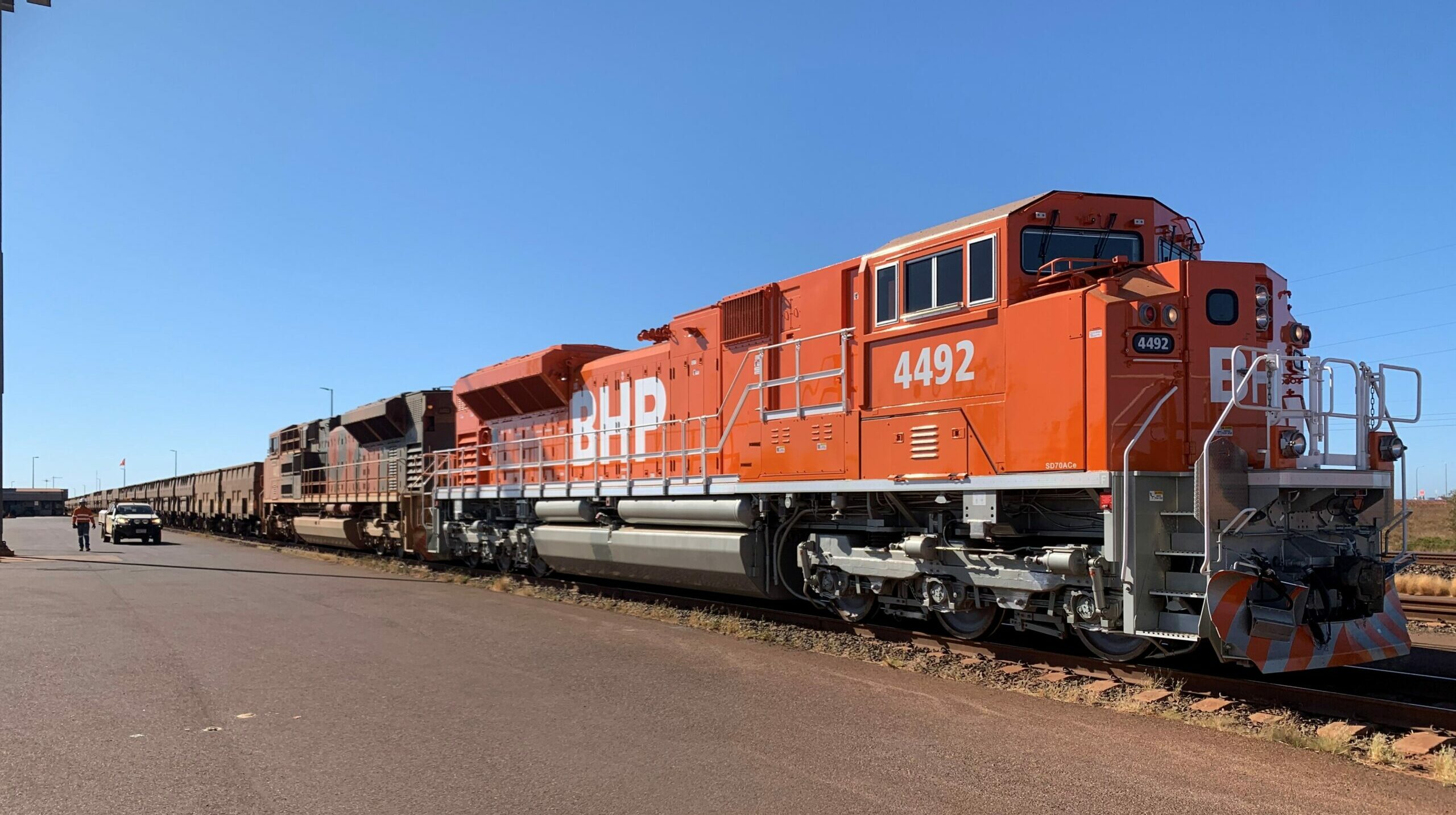What is Australia up to with China’s CO2 capture?

Bhp, the world's largest mining company, has reached an agreement with China's Hbis on CO2 capture. The Australian group's relations with China have been strong for years, and could end up under the scrutiny of Washington and Canberra
After 5G, semiconductors and batteries, will the US-China tech war shift to carbon capture? The International Energy Agency considers it indispensable for the mitigation of global warming, and the administration of Joe Biden wants to encourage it through the Inflation Reduction Act.
On Monday, the world's largest mining company, Australia's BHP, signed an agreement with Chinese steel company HBIS to test carbon dioxide capture and storage systems in steel mills.
TECHNOLOGIES TO TEST
Technologies envisaged in the project include pressure swing adsorption (VPSA), slag mineralization and biological conversion into proteins for CO2 sequestration.
In addition, BHP will work on the implementation of an absorbent desulfurization system in HBIS's hydrogen metallurgy demonstration project in Hebei Province. HBIS could subsequently use the nearly 600,000 tonnes of CO2 captured annually by the direct iron reduction process for other industrial purposes.
Hebei province alone accounts for 20 percent of China's steel production, the largest in the world.
THE DIRECT REDUCTION OF IRON
Direct iron reduction is a not yet commercially established technology for low-emission steelmaking. In the process, hydrogen is burned to generate heat, which subtracts oxygen from the iron ore: water and a material called "sponge iron" are obtained, which is subsequently refined into steel using an electric arc furnace, which does not use coal.
ArcelorMittal is developing a direct iron reduction plant in Spain with a €460 million grant from the European Commission.
THE INVESTMENTS OF BHP AND HBIS
The projects of BHP and HBIS require an investment of 15 million dollars over three years, already foreseen in the memorandum of understanding that the two companies signed in 2021.
WHAT BHP DOES IN CHINA ON CARBON CAPTURE
But BHP's ties to China go back much further. Already in June 2016, in fact, the Australian company had announced a donation of 7.4 million dollars over three years to Peking University for the development of technologies for capturing the CO2 emitted by steel plants.
The National Center for Climate Change Strategy, a Chinese government agency, was participating in the university research.
In 2016, the attention to so-called "clean technologies" ( clean tech ) was much lower than today, and the security issues related to their development did not occupy the political agendas. However, considering the current geopolitical competition between the United States and China, and considering the alliance between America and Australia on defense but also on the energy transition, it is possible that the relationship between BHP and Chinese institutions will be reduced.
In this regard, last November Australia said it would adopt more restrictive rules on foreign investment in its mining sector, of which BHP is the leading exponent. Australia is a very important supplier of many metals critical for the energy transition, such as lithium and rare earths; Treasury Secretary Jim Chalmers declared that "foreign investment is good when it is in our national interest."
This is a machine translation from Italian language of a post published on Start Magazine at the URL https://www.startmag.it/energia/bhp-cattura-carbonio-cina/ on Sat, 01 Apr 2023 05:37:58 +0000.
